Increasing Demand for Steel
The rising demand for steel in various sectors, including construction, automotive, and manufacturing, is a primary driver for the Ferrous Scrap Recycling Market. As industries seek to meet the growing need for steel, the recycling of ferrous scrap becomes increasingly vital. In 2023, the steel production reached approximately 1.9 billion metric tons, with a significant portion derived from recycled materials. This trend is expected to continue, as the Ferrous Scrap Recycling Market plays a crucial role in supplying the necessary raw materials for steel production. Furthermore, the environmental benefits associated with recycling ferrous scrap, such as reduced energy consumption and lower greenhouse gas emissions, further bolster its demand. Consequently, the interplay between steel demand and ferrous scrap recycling is likely to shape the industry's future dynamics.
Economic Benefits of Recycling
The economic advantages associated with ferrous scrap recycling are a compelling driver for the Ferrous Scrap Recycling Market. Recycling ferrous materials is often more cost-effective than producing new steel from raw materials, as it requires less energy and reduces production costs. In 2023, the cost savings from recycling ferrous scrap were estimated to be around 30% compared to traditional steel production methods. This economic incentive encourages businesses to invest in recycling operations and infrastructure. Additionally, the job creation potential within the recycling sector further enhances its appeal, as the industry supports local economies. As the economic benefits of recycling become more apparent, the Ferrous Scrap Recycling Market is expected to thrive, attracting investments and fostering growth.
Regulatory Support for Recycling
Government regulations and policies promoting recycling initiatives are pivotal in driving the Ferrous Scrap Recycling Market. Many countries have implemented stringent regulations aimed at reducing waste and encouraging recycling practices. For instance, policies that mandate recycling rates or provide incentives for recycling operations have been established. In 2023, several regions reported an increase in recycling rates, with some achieving over 50% for ferrous materials. This regulatory support not only enhances the operational landscape for recycling facilities but also fosters a culture of sustainability. As regulations evolve, the Ferrous Scrap Recycling Market is likely to benefit from increased investments and innovations aimed at improving recycling processes and technologies, thereby enhancing overall efficiency and output.
Rising Awareness of Environmental Sustainability
The growing awareness of environmental sustainability among consumers and businesses is significantly influencing the Ferrous Scrap Recycling Market. As stakeholders become more conscious of their environmental impact, there is a marked shift towards sustainable practices, including recycling. In 2023, surveys indicated that over 70% of consumers prefer products made from recycled materials, which has prompted manufacturers to source more ferrous scrap for production. This trend not only supports the recycling industry but also aligns with corporate social responsibility goals. Consequently, the Ferrous Scrap Recycling Market is likely to experience increased demand as companies strive to meet consumer expectations and regulatory requirements related to sustainability.
Technological Innovations in Recycling Processes
Technological advancements are transforming the Ferrous Scrap Recycling Market by enhancing the efficiency and effectiveness of recycling processes. Innovations such as automated sorting systems, advanced shredding technologies, and improved melting techniques are being adopted to optimize operations. In 2023, the introduction of AI-driven sorting technologies has shown to increase the purity of recycled ferrous materials, which is crucial for steel production. These technologies not only reduce operational costs but also minimize waste, thereby contributing to a more sustainable recycling ecosystem. As the industry continues to embrace these innovations, the Ferrous Scrap Recycling Market is poised for growth, with enhanced capabilities to meet the increasing demand for high-quality recycled materials.


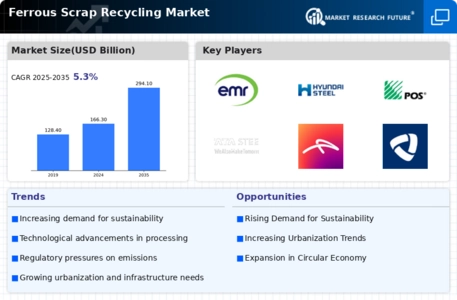
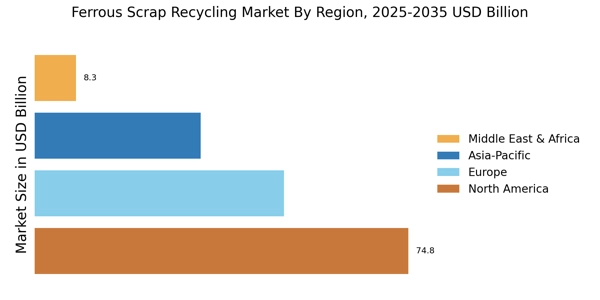

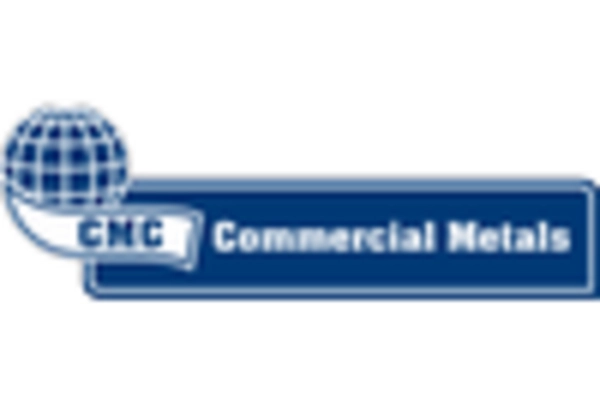
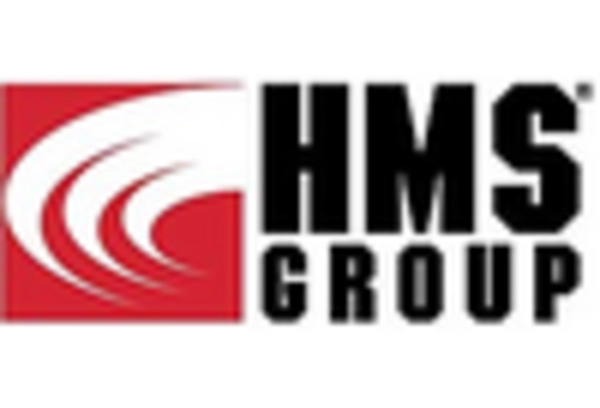
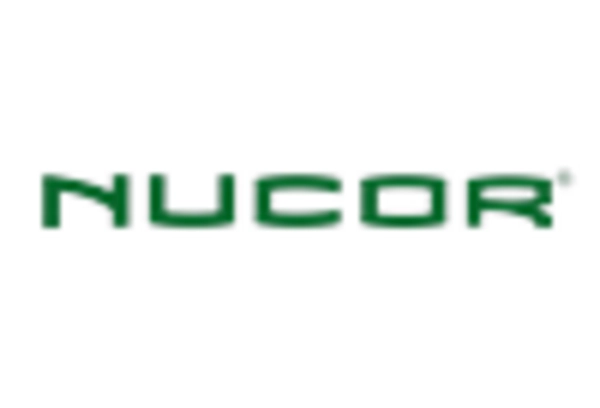
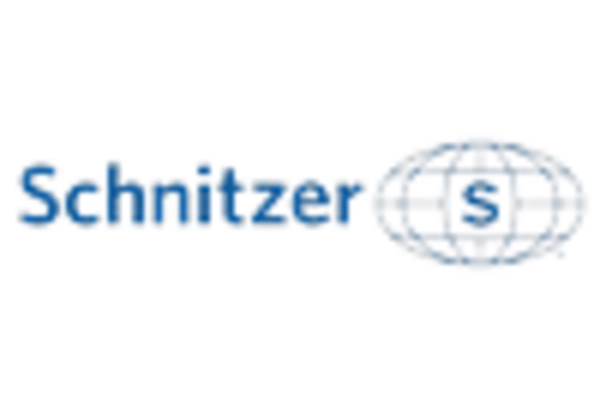
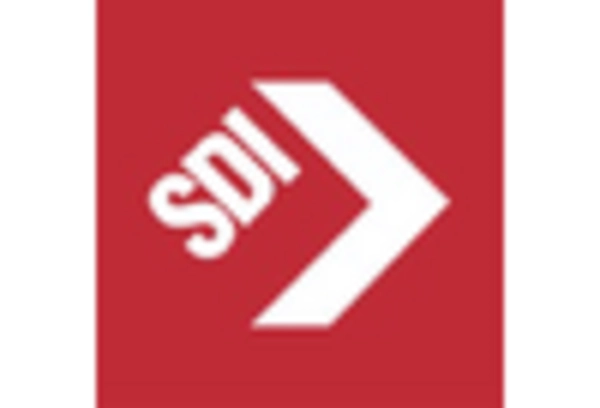








Leave a Comment